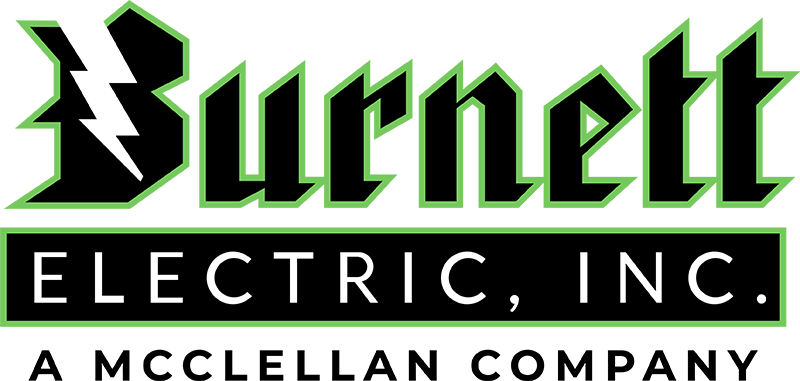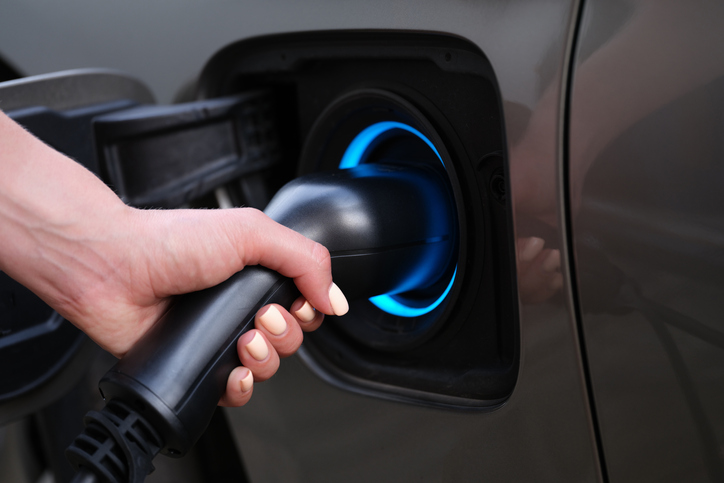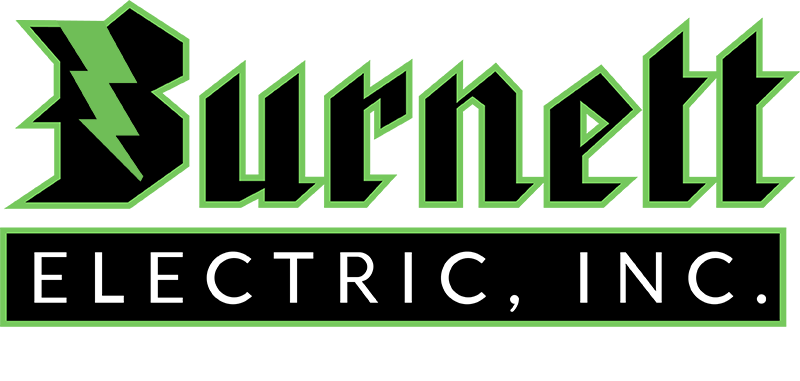As the electric vehicle revolution expands, drivers are gradually learning more about this burgeoning automotive technology. Previous doubts about performance have been dispelled by new models that can easily generate more horsepower and torque. Plus, driving ranges are getting longer, and performance is more efficient thanks to advanced battery systems.
Some drivers still have questions about charging before they make the switch to electric vehicles. For instance, if you move into a house that has a charging station, how will you know if it will be compatible with the EV you plan to drive?
Once you understand the types of EV chargers and their compatibility, you’ll be able to determine the kind of charging station you need for your home. Let’s break down the key factors of EV charging at home and on the go.
The 3 EV Charging Levels
All electric vehicles and plug-in hybrids are compatible with Level 1 charging. This means that you can plug them into a standard residential outlet, the type that supplies 120 volts to the mobile charging cable. Level 1 does not require installation, so you can plug your mobile charger into the same outlet as your coffeemaker as if it were another household appliance.
As the slowest charging level, Level 1 is not practical for EVs. If you have a Tesla Model 3, for example, it could take three days to charge its battery to 100%. However, Level 1 would be fine for the new Ford Escape plug-in hybrid because its short-range battery, good for only 37 miles, can fully charge overnight.
Level 2 chargers are the most common ones in homes and public stations that offer courtesy charging, but their charging times can vary significantly based on the power output, battery, and external temperature. With a Level 2 charging station, it would take around 10 to 12 hours to charge a Tesla Model 3 battery from zero to 100% for a range of 363 miles.
Level 3 chargers are the fastest. They are often called DC fast-charging stations or Superchargers if they are manufactured under a Tesla partnership. Level 3 chargers are often in high demand at commercial charging stations, but you can also install them at home if you have EVs that support them. Charging from zero to 80% on Level 3 can usually be achieved in about 20 minutes with a Tesla Supercharger.
EV Charging Compatibility
The change to install in your home must be compatible with your EV’s charging system. In essence, all EVs and plug-in hybrids support Level 1 and Level 2; however, not many support Level 3 charging yet. You can’t go wrong with a residential Level 2 charging station because even the most advanced EVs, such as the Ford Mustang Mach-E, can be plugged into Level 2 chargers if Level 3 stations are not available.
For all your questions and needs concerning the installation and repair of EV chargers in Reno NV, contact our team at Burnett Electric.




